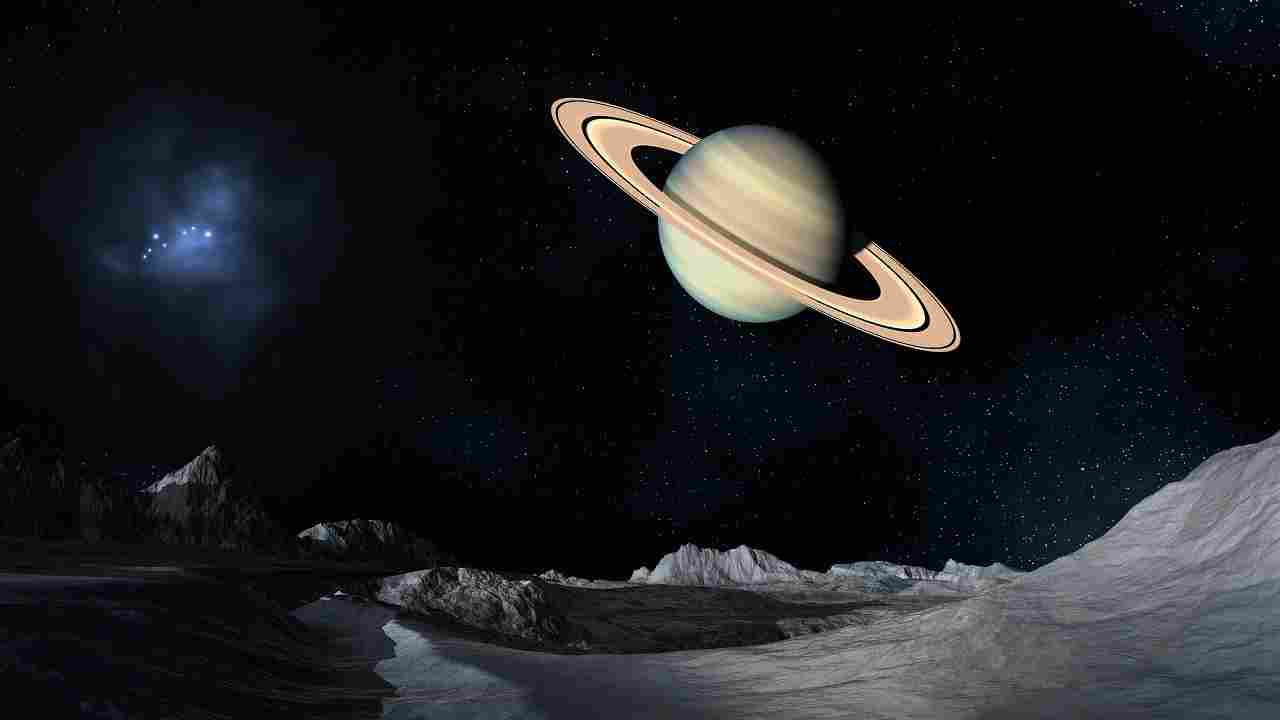

Objects with a small apparent size are better observed using astronomical interferometry, but the current technology allows to get only a rough image of a few large and ultra-bright objects. Whether technology capable of such precision is actually feasible. Several more detailed studies would have been needed to determine

Telescopes and receiver controlled to within about one nanometre. Had to operate in formation with distances between the telescopesĬontrolled to within a few micrometres, and the distance between the

To produce an image, the telescopes would have Terrestrial Planet Finder ( TPF), canceled in 2011.ĭarwin article on Wikipedia summarizes the technological difficulty:.Space Interferometry Mission ( SIM), canceled in 2010.An interferometer in space would benefit as well from this air-free environment. Hubble, the space telescope, has a better performance than any equivalent on the ground, due to the absence of atmospheric perturbations. The reason is that getting detailed pictures of the surface is beyond current technology capability and research. Furthermore the projects mentioned below do not aim to get good images of the surface, but only to detect exoplanets, and do basic measurements. It's not currently possible to get the details of a planet from a distance like a light year or more. Of course this still requires telescopes better than anything we have, but it's well within reach of our contemporary technology and not on excessive budget. Knowing the "day length" and precise time of each photon, you could remap all your measured points onto their right locations of rotating sphere over time, and that way recreate the image of the whole surface - similarly how a modern photo camera uses its movement path recorded by accelerometers to recreate a static image from a long-exposure photo shot from shaky hand. The telescope would still need to follow the planet orbit, but registering the observations over long time and using autocorrelation function of the measurements it could determine the rotation period (day length) of given planet - specific features of terrain would reappear at specific places in regular intervals (one day apart) creating a cyclic function in the general noise. You'd need a high-precision (not necessarily enormous lens size=brightness) telescope, with a sensor capable to register separate photons, not their sum over time - "record a movie" instead of just acquiring a still. This actually could be done within somewhat more reasonable budget. The James Webb Space Telescope (the world's largest space telescope) costs almost 20 billion dollars and will not be able to 'resolve' exoplanets. The other - construct a telescope with lens enormous enough to capture enough photons reflected off given planet within a time frame that won't blur the surface beyond recognition - would cost 100s of trillions of dollars. First one - send a probe there, make it take photos and return - would take thousands of years to complete. So, there - we already do have two techniques for taking decent photos of the exoplanets. If the planet has weather - that's the end, it's not repeatable at all. But that's only for planets without or with thin atmosphere. Now if we were smart enough, we could take short-timed photos multiple times on the same "hour" of the planet's "day", and combining them we might get what we want - providing we somehow make out how long given planet's "day" is.

Unfortunately though, they also pivot around their axis, and that means we are not getting their surface photos, just blurred lines around the disc. Of course the telescope could be made to follow the orbital movement and we could actually achieve the planet disc image eventually. Planets are not stationary they orbit their stars, and that means long-exposure photo will show them as a trails. I'm afraid it would be extremely difficult - simply the number of photons reflected off a planet surface and reaching Earth (and the telescope lens, however big) within timeframe for a solid photo is too small to create any meaningful image.


 0 kommentar(er)
0 kommentar(er)
